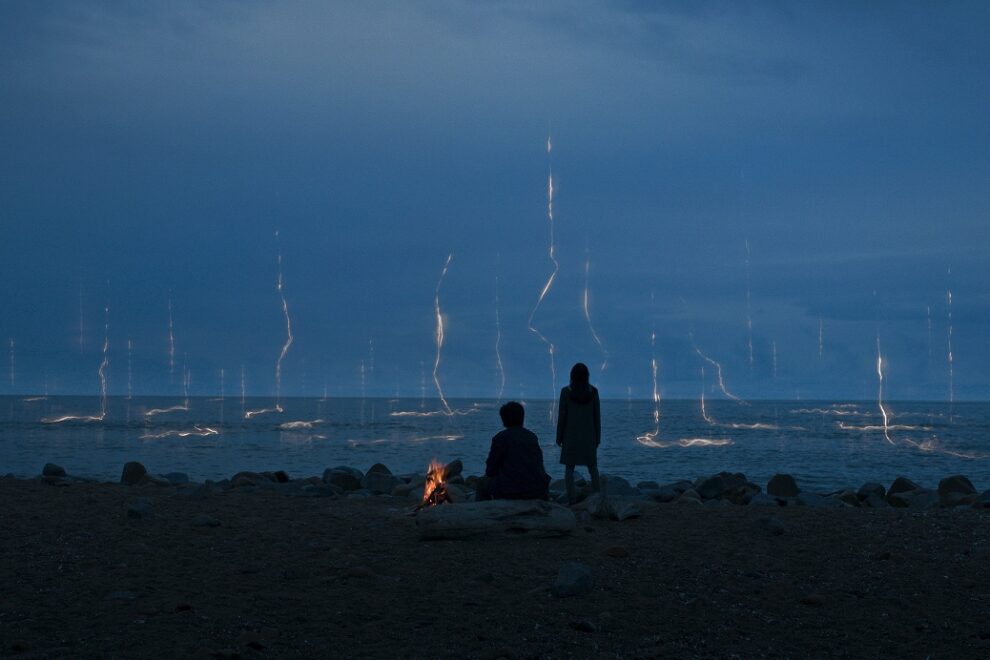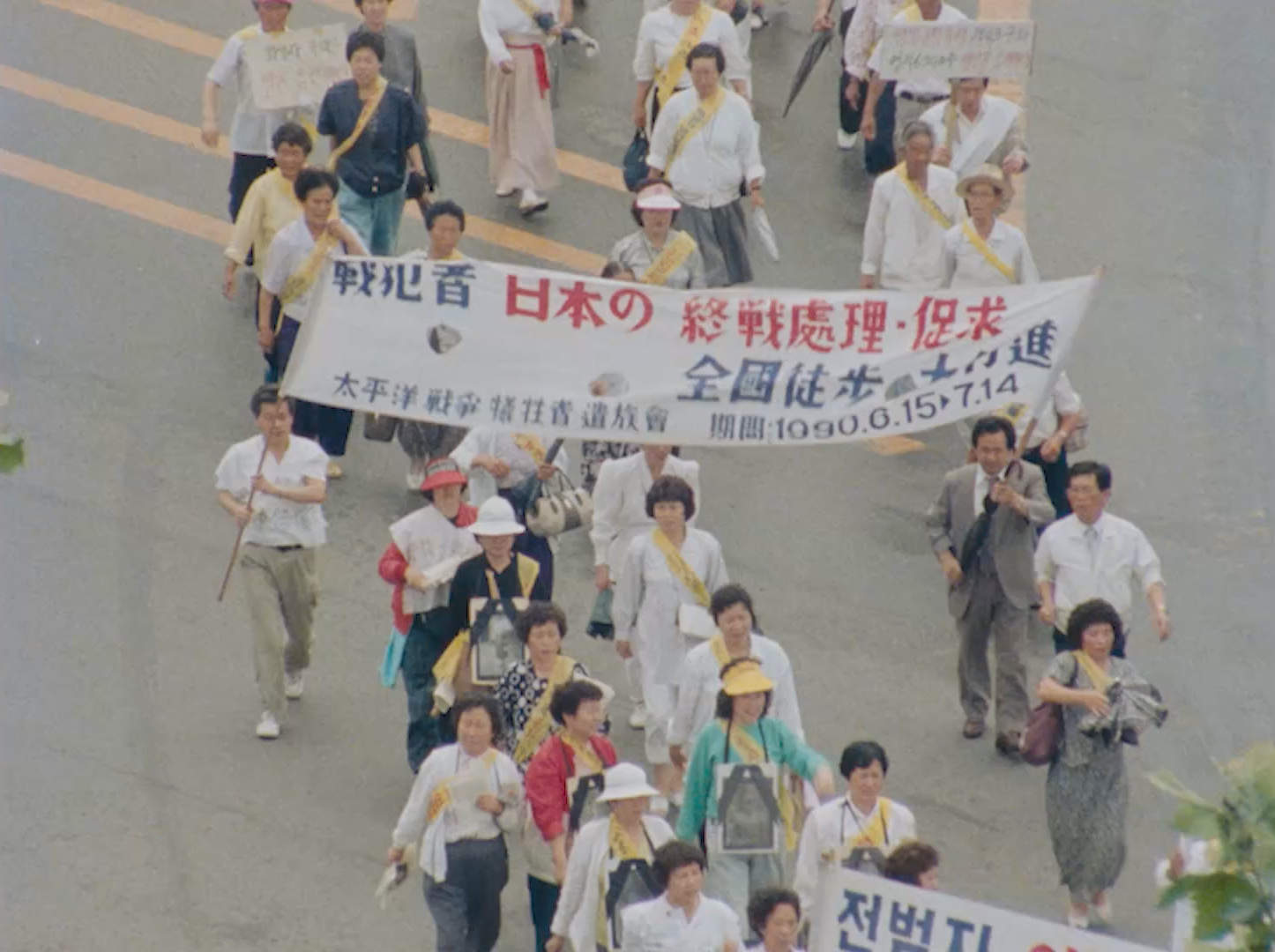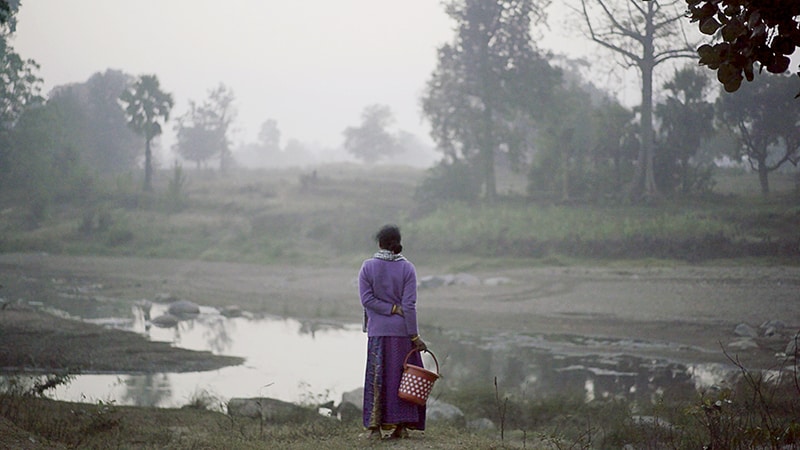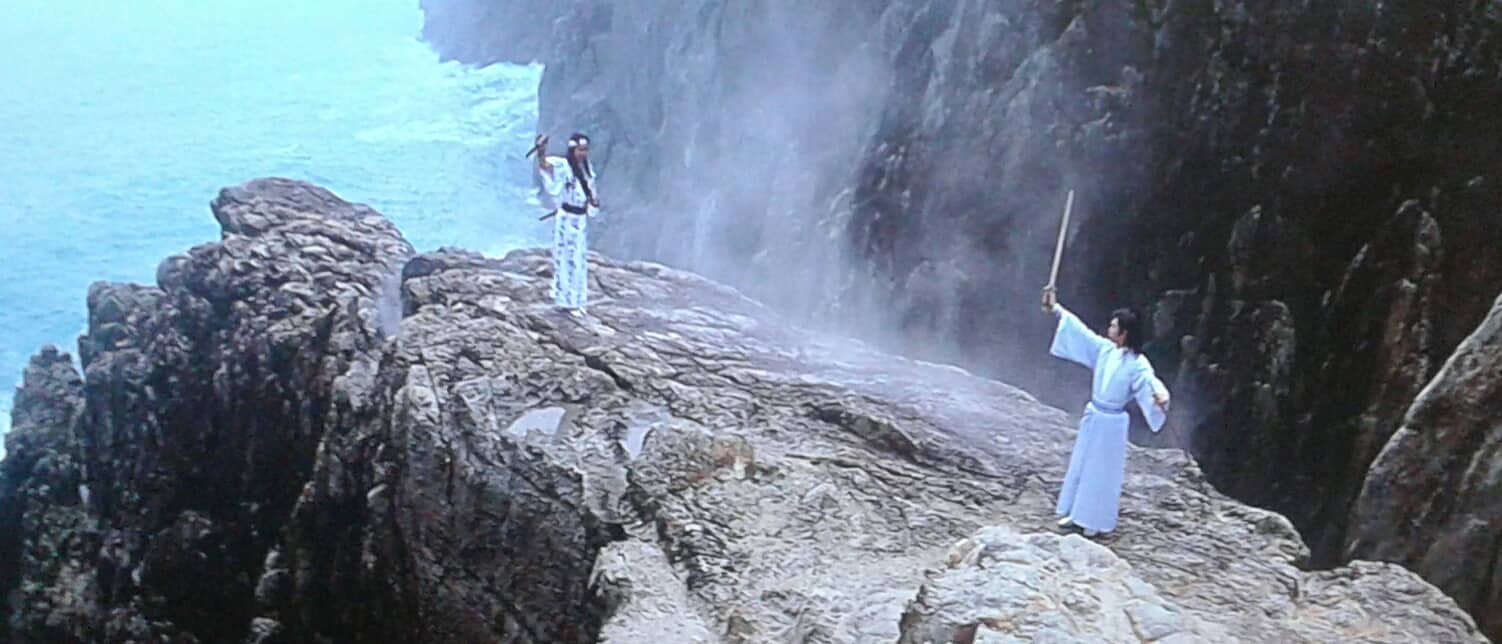It was kind of an unspoken (probably) agreement among artists from Japan, to not deal extensively with the events of the 2011 Tohoku earthquake and tsunami, for ten years, probably as a sign for respect for the ones lost and the ones who suffered due to the events. Since 2021 though, the local industry has started focusing on the events intently, with a number of movies and dramas being released since then. “Last Shadow at First Light” also moves in the same path, in an international co-production involving people from Singapore, Japan, Slovenia, Philippines and Indonesia, which premiered at the 71st San Sebastián International Film Festival in September.
Last Shadow at First Light screened at Qcinema

16-year-old Ami is a girl living with her father in Singapore, after her mother's death when she was little. Both of them miss her intensely, with him having embarked in a kind of solemn silence in order to cope with his loss, and her always listening to cassette tapes with her mother's voice. Eventually, she confronts him about his attitude, even mentioning that she believes that she is still alive and he is hiding the truth from her. Soon after, she embarks on a trip to Japan, where she is met by her depressed, impolite and gambling-addicted taxi driver uncle, who eventually, after many tribes and tribulations, agrees to accompany her to a trip in the areas devastated by the tsunami.
Check also this interview
Starting as a family drama, an element the movie actually retains until the end, “Last Shadow at First Light” eventually becomes a road movie, not only in the aforementioned areas, but also into the grief and trauma the whole of Japan suffered essentially. At the same time, and through the interactions of the protagonist duo, Nicole Midori Woodford makes a rather eloquent comment on the importance of opening up and communication in general as part of the healing process, and how closure can be found in the most unusual places, if one is willing to experience them fully. Conjunctively, Woodford also highlights how this procedure can bring people closer and change them for the better, in an approach, though, that ends up being somewhat romanticized in the way the movie ends.
Another element, that of an ambiguity regarding the whether what we are witnessing is reality or imagination, adds much to the entertainment the movie offers, also because it allows us to admire Mariko Tsutsui's acting abilities once more, in the most impactful and memorable sequence in the movie. In general, the acting is on a very high level, with Masatoshi Nagase as the uncle presenting his moodiness and Mihaya Shirata as Ami, her unwavering resolve in the best fashion. The chemistry among the two is excellent, with the scene with the combing of the hair showcasing it in the most delightful fashion.
With Woodford following a genuinely arthouse approach, and considering the road-movie aspect of the film, the cinematography emerges as one of the most integral elements of the production. Thankfully, Hideho Urata's work is exquisite with him highlighting the plethora of settings the story takes place through a framing and color palette that first the sentiments the protagonists experience perfectly. Some moments where the film seems to promote the area as one worth visiting again are quite evident on occasion, but even this aspect is well-embedded within the narrative. Daniel Hui and Woodford's editing expectedly result in a rather slow and mellow pace, which makes, though, the few moments of tension more impactful.
“Last Shadow at First Light” is well-shot, well-written, and well-acted. At the same time, however, its intense following of the Hirokazu Koreeda/Naomi Kawase/Kiyoshi Kurosawa school of Japanese indie dramas becomes painfully obvious quite early in the movie, thus resulting in production that will probably have success in the festival circuit but will be soon forgotten as one of many.















